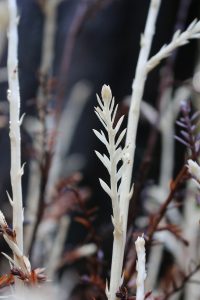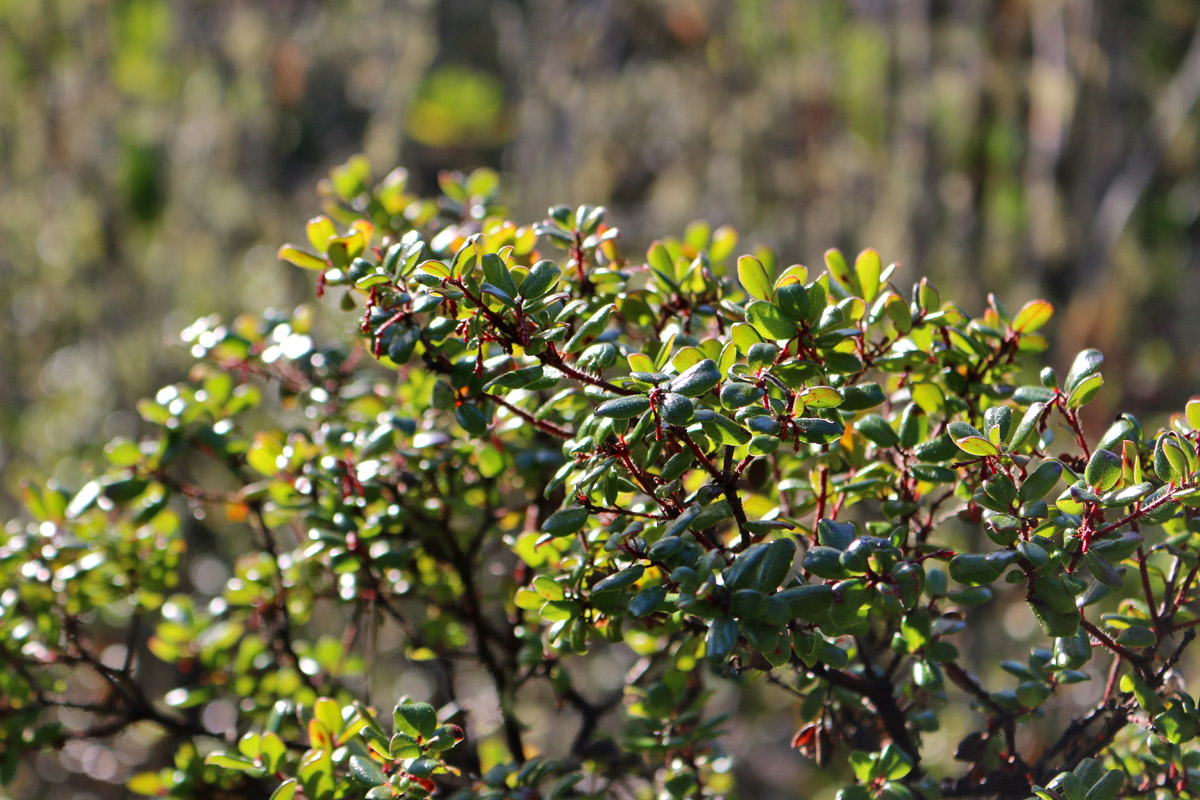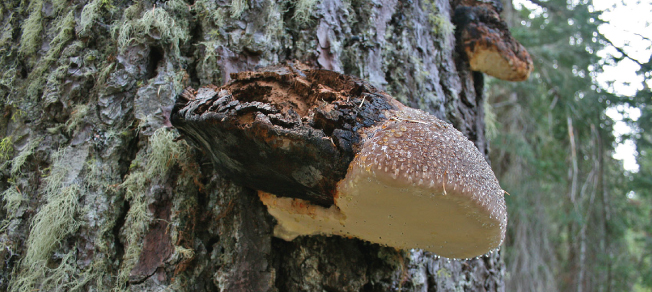
Hot springs and tall trees, all hidden in a remote area of Mendocino County. This was the family destination for a pre-Thanksgiving celebration. Most or our time was spent at Orr Hotsprings but an day-hiking excursion treated us with a fabulous adventure in an isolated redwood grove at Montgomery Woods State Natural Reserve.
The hike was punctuated with firsts: my son’s first multi-mile hike and my my first albino redwood. The park previously held the tallest recorded redwood — at 367.5-foot it was once declared the world’s tallest. While the Montgomery tree is still alive, the new record is in Humboldt County. Other exciting finds in the park included an excellent expanse of giant chain ferns in a lowland basin along the trail. Read more about Montgomery Woods from Save the Redwoods League.





